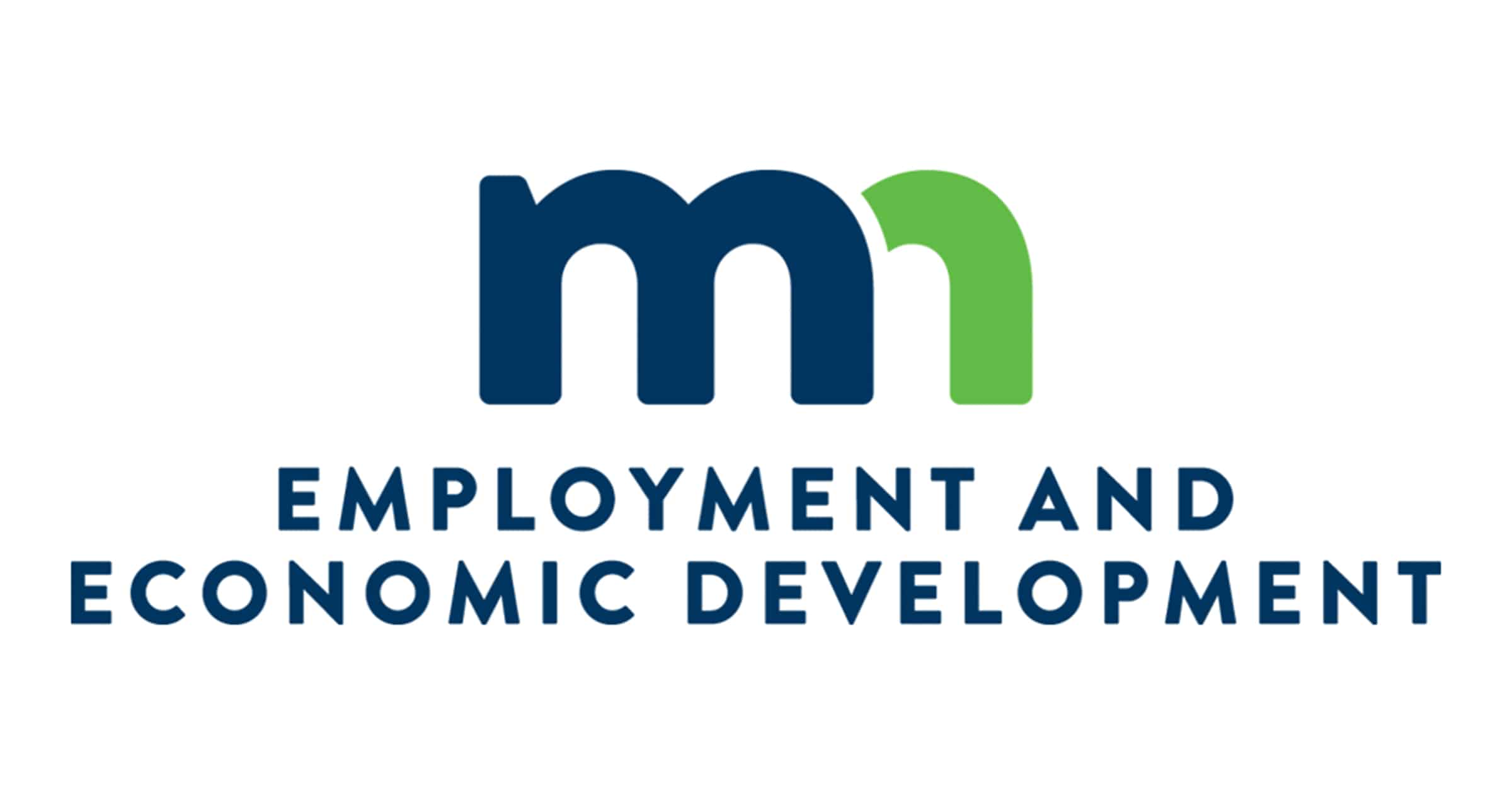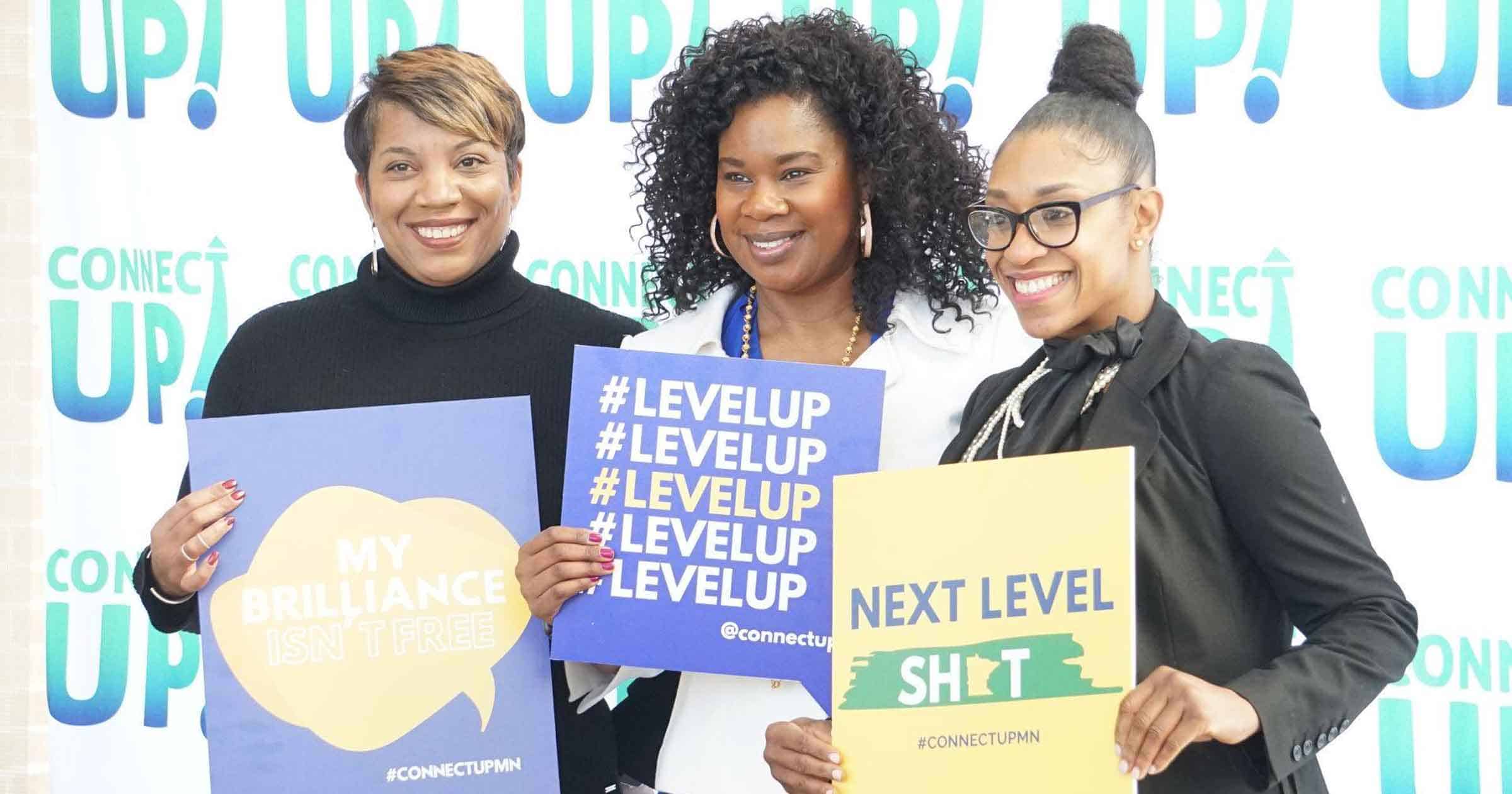Welcome to our latest FAQ Friday — on working with business partners — where industry experts answer your burning technology and startup questions. We’ve gathered Minnesota authorities on topics from software development to accounting to talent acquisition and everything in between. Check in each week, and submit your questions here.
This week’s FAQ Friday is sponsored by The Jed Mahonis Group. The Jed Mahonis Group helps businesses strategize, design, develop, and deploy custom iOS and Android mobile applications. The company has partnered with many startups and large brands over the years to deliver software that is used by millions of people around the world, including companies such as Great Clips, Green Mill, VSI Labs, and Kwikly.
Meet Our FAQ Expert
Tim Bornholdt, Partner at The Jed Mahonis Group | @timbornholdt
Tim got his start in web development in the first grade, so he’s been building websites and apps for more than 20 years. In addition to being an accomplished software developer, Tim is also an award-winning videographer and podcaster. He currently edits the C Tolle Run podcast hosted by Olympian Carrie Tollefson, and he hosts the Constant Variables podcast where he breaks down complex mobile app development topics for entrepreneurs and product managers.
This Week’s FAQ Topic – Working With Business Partners
How can I build successful relationships with business partners?
 The key to working with business partners, from C-level execs, colleagues, product owners, and stakeholders, is to use empathy to create ways to both advance your own agenda and help someone else advance theirs.
The key to working with business partners, from C-level execs, colleagues, product owners, and stakeholders, is to use empathy to create ways to both advance your own agenda and help someone else advance theirs.
Having empathy towards others’ thought processes around a project can lend to highly effective working relationships. One way to accomplish this is by understanding mental models, which are the various ways in which people interact and relate to the world.
For a business project, this would be the individual way each person involved in the project perceives it.
For example, let’s take a business problem like adding a new form of payment into an app.
The Product Owner is going to worry about where this problem ranks in terms of importance against the other issues facing the product.
The Designer is going to try to find a way to seamlessly introduce this new feature with the existing payment methods.
The Engineer sees complexity with rejected payments and handling past-due invoices.
The CFO worries about the tax implications of collecting revenues and distributing them.
None of these are “wrong”, and understanding how to address everyone’s concerns is the key to a successful partnership. The more mental models you have to view a situation, the easier it is to empathize with your business partners, which will lead to a more successful partnership.
If you’re interested in learning more about mental models, the Farnam Street blog is one of the best resources for discovering your own mental models and how to add new ones to your tool chest.
If you’re interested in learning whether Darth Vader is a good or bad product owner and how that ties into establishing successful relationships with business partners, you can view a talk I gave on the subject at this year’s virtual Developer First conference.
How can partnering with another business grow my own?
Business partnering is a somewhat secret, yet highly effective, business strategy that promotes growth quickly and efficiently. This isn’t a get-rich-quick scheme, hence the word effective in the first sentence, but it’s a strategy often overlooked.
As a tech agency, we often partner with creative and digital agencies, as well as other development shops, to pool resources and leverage networks.
Business partnering is a somewhat secret, yet highly effective, business strategy that promotes growth quickly and efficiently.
For example, we’ve been working with a client on their native iOS and Android apps for the better part of a year now, and they asked us if we could build out more pages on their web version of the app.
We didn’t have a developer on hand who was an expert in the framework they were using, so we reached out to our network and ended up partnering with Lab651 to complete the project. We both ended up with more business than we otherwise would’ve had, and the client was thrilled that they didn’t need to go find another developer on their own.
Once successful partnerships are established, they can become valuable pipelines for new projects, requiring little-to-no effort for acquiring new work.
If you’re interested in learning more, here’s an article on the benefits we’ve seen from agency partnering.
Still have questions? Ask Tim and The Jed Mahonis Group team questions on success by failure and more on Twitter at @timbornholdt.






